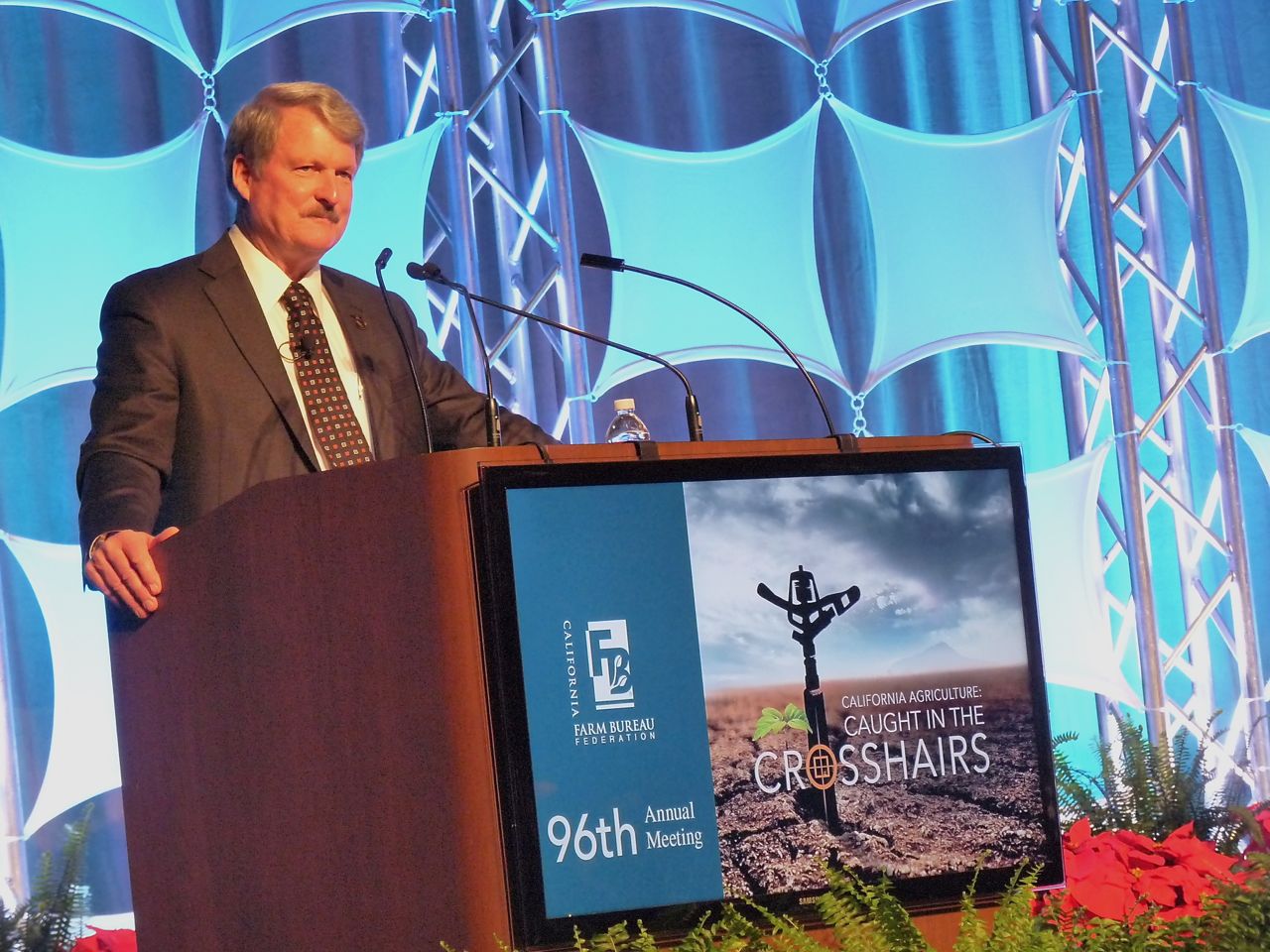AHPA Leadership Urges Members to Support Voluntary Almond Industry PAC
By Laurie Greene, Editor
Almond Hullers & Processors Association (AHPA) Chairman Dick Cunningham and President Kelly Covello urged their membership to support the voluntary California Almond Industry PAC at the association’s 34th Annual AHPA Convention, held on the Big Island in Hawaii over the past three days.
Facing immense challenges such as the slowdown of West Coast ports, air quality laws and regulations, net energy metering (NEM), food quality and safety, worker safety, bees and bee health, wastewater treatment, crop protection regulation, aboveground petroleum storage Spill Prevention Control and Countermeasure (SPCC) Plans, competing research priorities and most urgently, unprecedented drought conditions and public misunderstanding and criticism of almond water usage, the Almond Industry aims to create a unified voice for candidate support, political information and education services.
Through a Memorandum of Agreement with the Almond Board of California (ABC), AHPA is able is able contract for a portion of 
The California Almond Industry PAC will hold a fundraiser in Bakersfield on May 14th, at Imbibe, 4140 Truxtun Avenue, from 5:30-7:00pm, sponsored by Golden Empire Shelling, LLC., Landmark Irrigation, Inc., Pacific Ag Management, Inc., Paramount Farms, and Supreme Almonds of California.
Fundraisers will also be arranged in the Northern and Fresno areas in the upcoming months.
Sponsorship Levels include:
- Platinum: $2500
- Gold: $1500
- Supporter: $500 (includes a guest)

































